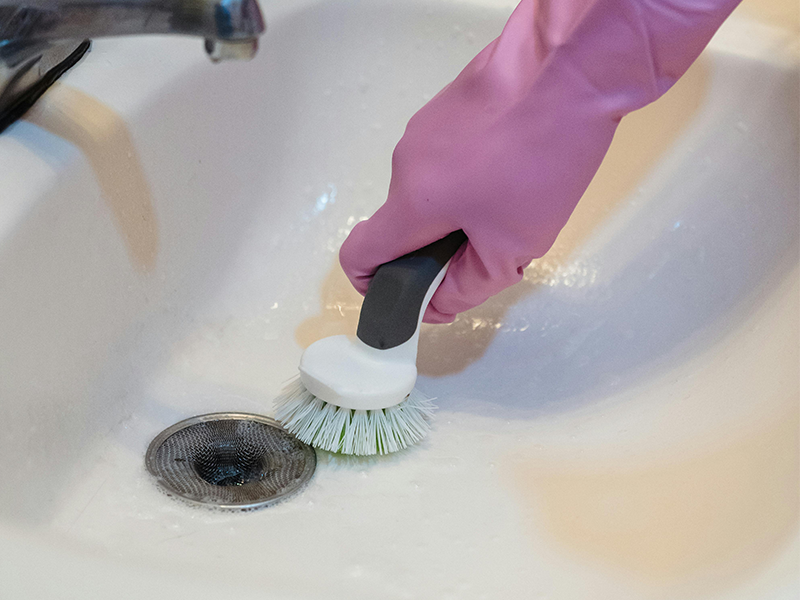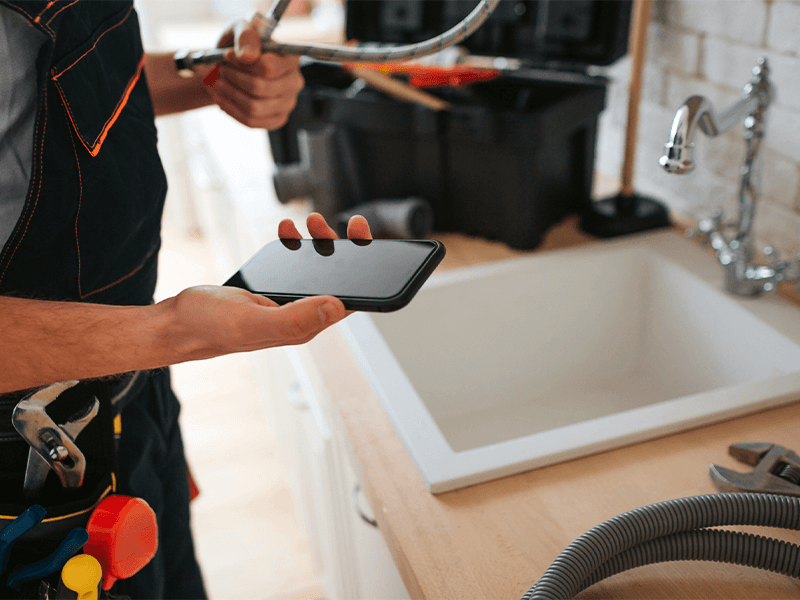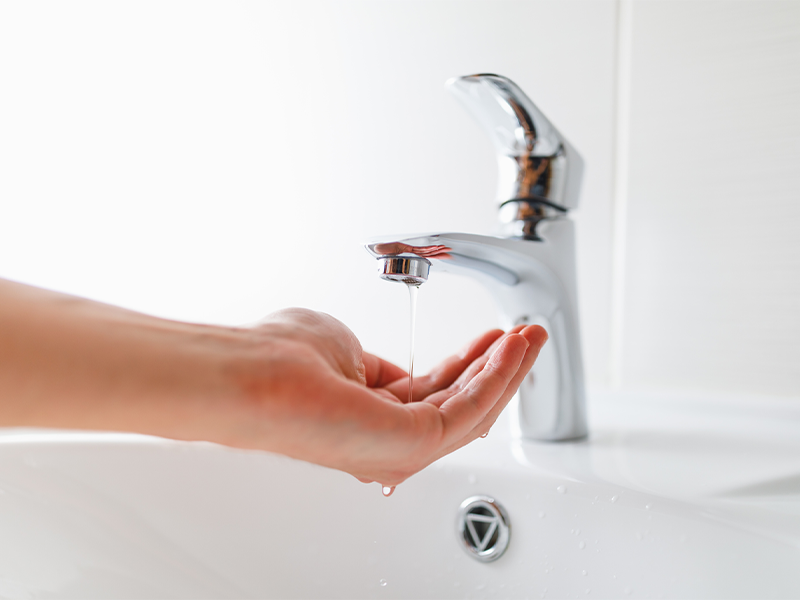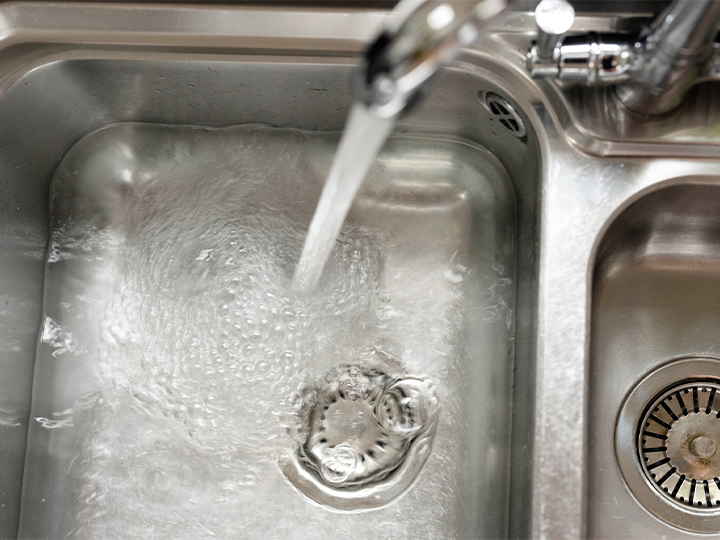Stepping into your home to a foul odor can ruin even the best of days. More often than not, it signals an underlying issue with the home’s plumbing system. As such, beyond the inconvenience it might cause, it also poses a threat to the health of residents and the structural integrity of the property. Learning about the potential reasons for sewer smell inside or around your house is the first step to solving this problem—and in this article, we teach how to do just that!
Understanding Sewer Smells
Sewer smells in a home often originate from a breach within the plumbing systems, such as a leak or blockage. Trapped sewer gases within household drains can often permeate living spaces when water seals in the drainage system evaporate or are compromised. This phenomenon usually arises from underused fixtures where the water barrier in the trap has dissipated, allowing gases into the residence.
Cracks or loose fittings in sewer lines present another common source for the infiltration of sewer odors. These structural faults in the pipes allow sewer gases to seep into the house or its surroundings. Meanwhile, blocked or malfunctioning vent pipes also contribute to the presence of sewer smells. When these gases cannot escape through the designated vents, pressure can build up, and odors may back up into the home.
The Culprits Behind the Stench
A dry p-trap often takes the blame for a sewer smell, particularly in sinks, floor drains, and toilets that see infrequent use. The water that normally forms a seal in the p-trap can evaporate over time, creating a pathway for sewer gases to rise into the home.
Cracks or breaks along sewer lines can also serve as another incursion point for unwanted odors. Meanwhile, vent stack blockages disrupt the equilibrium needed to funnel sewer gases away from living spaces. Leaves, debris, and even nesting animals can obstruct these crucial airways, trapping odors that would otherwise escape harmlessly into the atmosphere.
Finally, sewer line clogs, caused by accumulated waste or foreign objects, exert unusual pressure on the plumbing system. This can push sewer gas through unexpected channels into the residence, culminating in persistent odors.
Dry P-Trap
The p-trap is the U-shaped portion of the pipe, designed to retain a small amount of water after every use. It serves as a barrier against the rise of sewer gases into the living space. A lack of regular water flow, especially in seldom-used fixtures, can lead to the evaporation of this protective seal.
Residents may notice the sewer smell intensifying in bathrooms, utility rooms, or basements that sit unused for extended periods. This offensive odor emerges as the p-trap dries out, opening a pathway for noxious gases to travel from the sewer line into the home.
Broken Sewer Lines
Broken sewer lines rank among the most severe sources of sewer smell both within and surrounding a residence. Damage to these critical conduits enables noxious gases to escape, compromising the sanitary barriers designed to contain them.
Homeowners may discern the presence of a damaged sewer pipe through telltale signs such as unusually lush patches of grass or unexplained wet areas in the yard. These indicators, alongside an unmistakable sewer odor, denote a potential rupture in the sewer line demanding immediate attention. Left unaddressed, the damage can escalate into costlier repairs.
Clogged Drains or Sewer Line
Accumulations of grease, hair, soap scum, and other debris can form significant blockages over time. These obstructions hinder the free flow of waste and water, consequently trapping sewer gases that then emit odors into a home. When blockages occur in the main sewer line, the repercussion is not limited to foul smells; it can also lead to backups and overflows.
One telling sign of a clogged sewer line is the simultaneous dysfunction of multiple plumbing fixtures. Toilets gurgling, sinks draining slowly, and the emergence of sewage in bathtubs are clear indications that call for immediate investigative action.
Prevention and Maintenance Tips
Regular inspections and routine maintenance by homeowners can stave off the emergence of sewer smells in and around the residence. Establishing a schedule for professional plumbing evaluations provides an early warning system against potential issues that could lead to odors escaping from the sewer system.
Running water through infrequently used fixtures also ensures p-traps remain filled, forestalling the dry conditions that allow sewer gases to enter a property. This practice maintains an essential water seal and is particularly vital before an extended absence from the home.
Meanwhile, cleaning debris from roof vent stacks is integral in allowing an unobstructed passage for sewer gases to disperse into the atmosphere. Homeowners should periodically check these vents to prevent blockages that could redirect odors back into the living space.
They should also avoid disposing greases, oils, and non-biodegradable items down drains, which often lead to clogs and subsequent sewer gas issues. By adhering to best disposal practices, the potential for blockages and accompanying odors is significantly reduced.
Contact Precise Plumbing & Drain Today!
At Precise Plumbing & Drain, we prioritize proactive solutions to tackle plumbing issues head-on, ensuring your home remains a sanctuary of comfort and cleanliness. From addressing dry p-traps to swiftly repairing damaged sewer lines, our expert team is dedicated to safeguarding your property against sewer smells and potential hazards. Don’t wait until a minor issue becomes a major problem—contact us today for reliable plumbing repair services that maintain the healthiest environment for your home.




